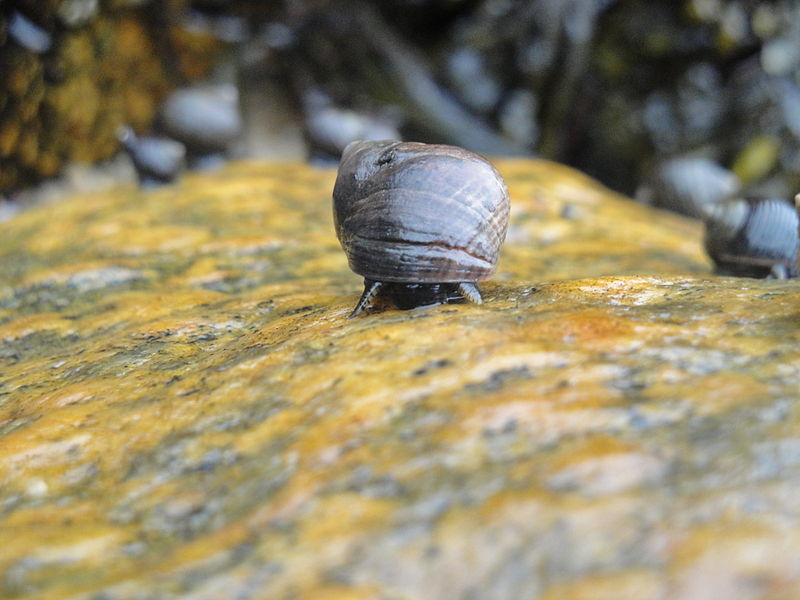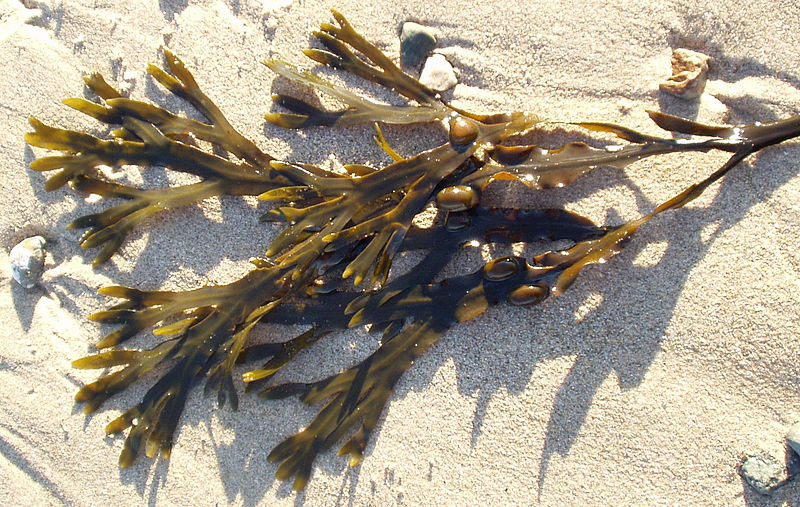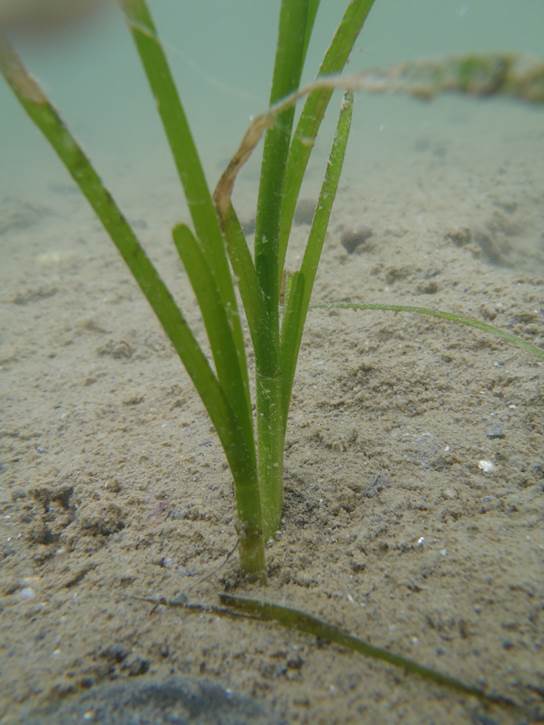In addition to keynote speakers, professional researchers, and PhD candidates, master students were encouraged to attend and present their reserach at this year's Nordic Marine Science Conference. The Nordic Marine Academy even offered to sponsor willing presenters with grants, making the conference 100% affordable.
Here are two of this year's presenters from UiO!

Laszlo Fodor with his poster at NMSC. Photo: Annie Evankow
Laszlo, a Masters student at the University of Oslo, presented his research using molecular methods to determine the diversity of dinoflagellates in Oslofjorden.
"Dinoflagellates are amongst the most dominant and diverse taxa in marine phytoplankton. The phylum contains many potentially toxic species that raises concerns to various human aspects such as health, economy and tourism."
Laszlo is using 454-pyrosequencing, a method capable of sequencing many DNA samples at one time, to analyze water samples collected by the HAPTODIV and BioMarks projects. These projects aim to increase knowledge of protist and haptophyte diversity and population dynamics. Laszlo is working with his supervisor, Bente Edvardsen, in addition to Elianne Egge and Sandra Gran Stadniczenko.
"We observed 879 unique OTU (operational taxonomic units) representing a max potential estimate of dinoflagellate species throughout the two year sampling period. The highest number of OTUs were found in Autumn."
Laszlo will continue to study the diversity and temporal occurrence of dinoflagellates, especially the potentially toxic ones, for the remainder of his Masters degree.

Ane Andersen with her poster at NMSC. Photo: Annie Evankow
Ane is another Masters student at UiO. As part of her education to become a teacher, Ane investigated the benthic communities at the Oslo Opera House.
"In 2008 the new opera building was opened in Bjørvika in the innermost part of the Oslofjord. ... During the Spring and Fall of 2012, we investigated the organisms growing on these steps."
With the help of Jonas Thormar, Kjell Magnus Norderhaug, and her supervisor, Stein Fredriksen, Ane found 19 animal and 27 algae species.

Littorina littorea Photo: Wikimedia Commons/Paul Morris
"In the surf zone, there is a dense population of Littorina littorea, keeping the upper surface clean from green algae."

Fucus vesiculosus Photo: Wikimedia commons
"On the 5 uppermost steps, Fucus vesiculosus dominates on the horizontal surfaces..."

Zostera marina -This is the same plant I am holding in my Blog Photo :) Photo: Annie Evankow
"There is also a small patch of eelgrass (Zostera marina) on one of the steps."
"The result from this study demonstrates that the water quality in the innermost part of the Oslofjord can house a diverse community."

Log in to comment
Not UiO or Feide account?
Create a WebID account to comment